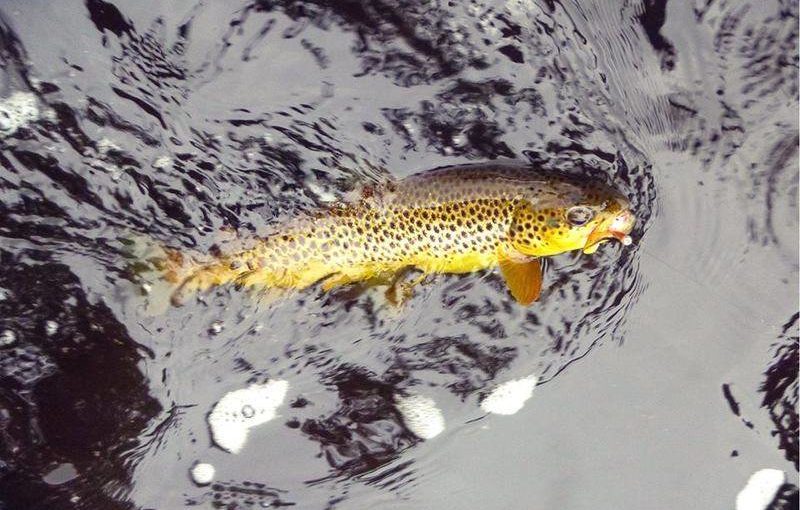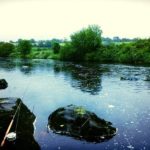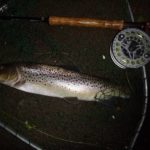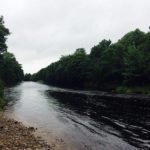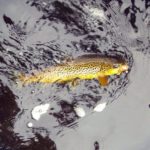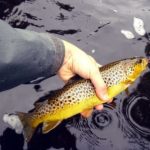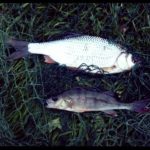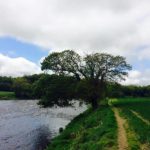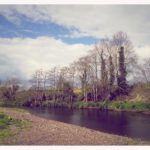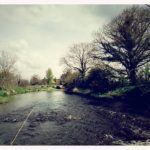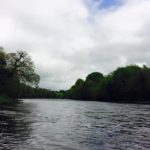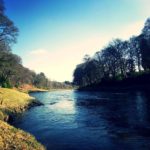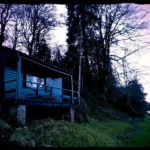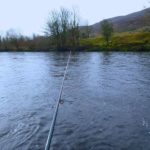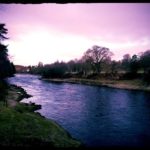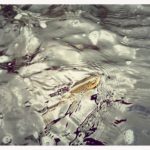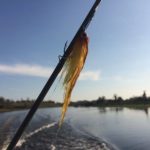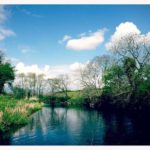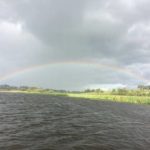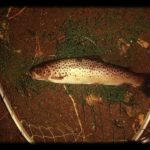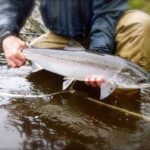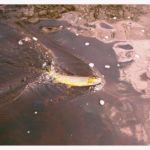Can I get you something warm to drink? Of course the answer was yes and that’s how we met a charming French couple on the shores of Lough Mask. For the last 40 years they had been returning to Ireland in their Eriba caravan and they had constructed a holiday lifestyle that on first impressions seemed modest but was far from it as we soon discovered. The caravan door swung open to reveal a collection of spirits; Plum poteen, brandy, whiskey, cassis and a healthy slug of our selection was added to a glass on top of two sugar cubes. The drinks were supplemented by pate, bread, nuts and framboise biscuits from a neighbour back home in France. Stories were shared, and the odd snippet of information was traded which was carefully squirrelled away in an ageing notebook that pre-dated the digital era. The topic of Brexit was on the agenda and it was treated in a very diplomatic way when it was discovered that we were from Northern Ireland. It was most interesting to hear the strength of feeling described as the fracturing of a family and losing their cousins.
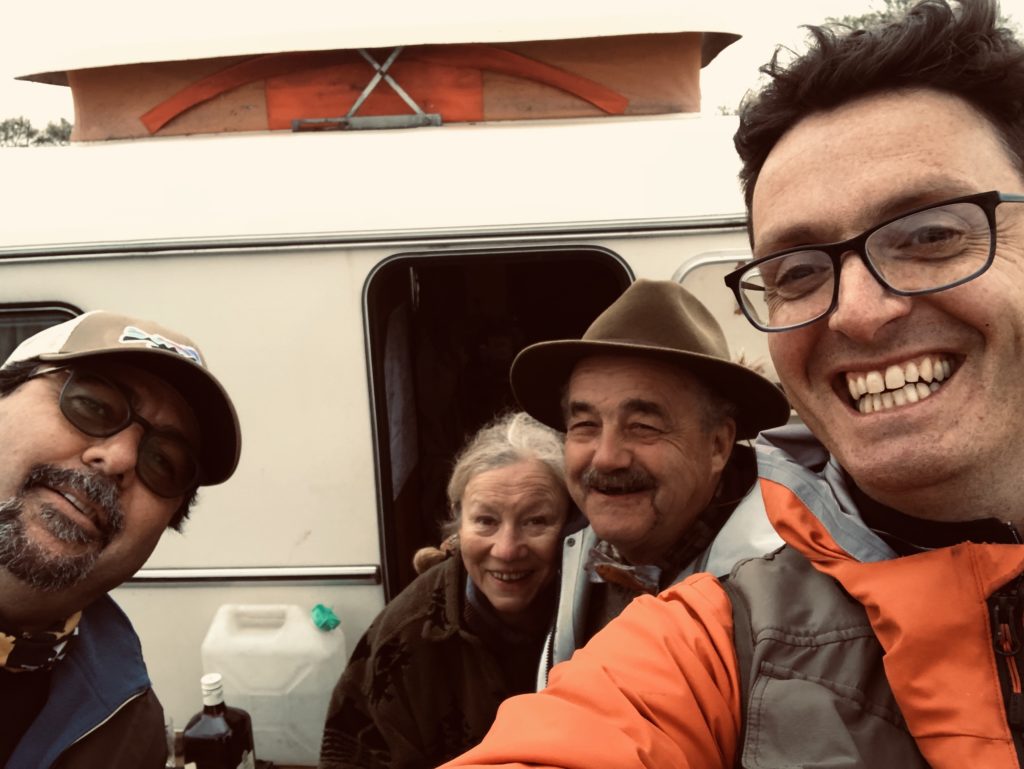
More sociable folk could well have spent the evening perched on a deck chair outside the caravan but there was still a few fishing hours left and the prospect of some food back at Cong. We had spent the evening exploring a few locations around Lough Mask and had been directed to a point on the shore where the Cong canal enters the Lough. The Cong canal was a bit of an engineering disaster cut through a limestone landscape that collapsed and disintegrated over the years – we were reminded that the project had been overseen by English men.
The area is accessed down a winding lane with multiple opportunities for the less committed to feel that they are trespassing, gates must be opened and signs warn of untold dangers. The car we were travelling in had limited clearance and we reached a point of no return on a single track. Thinking we were the only fools to have considered this journey we were mighty surprised to find a collection of European visitors, including our French friends, in various vehicles camping on the shore. We saw plenty of fish on the first evening but had not yet found the fishing rhythm necessary to catch fish, the limestone loughs of Ireland needed different skills and techniques than we were used to and our preparation reading various websites and blogs was no substitute for time on the water or local knowledge. As we drove off we saw a few folk return to their campers with a fish or two for supper.
Dinner for us that evening consisted of a BBQ chicken and a loaf which had been bought on route from Belfast earlier in the day. We were glad of the preparation as food options were limited as we arrived back in Cong at 9.30pm. Earlier in the day we had visited the fishing shop in the village and had been told of good trout fishing in the Abbey, so that’s where we headed for an hour or two casting tiny nymphs to tiny fish. We left when we could no longer thread flies on to the leader in the darkness.
Sleep came quickly and the alarms were set early for the short drive to Cornamona to meet Tom Doc Sullivan for our first guided day on Corrib. Lough Corrib has always interested me since I first heard the ‘auld hands’ at Gilford Angling Club talk about it when I was a youngster . The fishing and experience was talked about with such enthusiasm that I knew how special it could be and it was an immediate ‘Yes’ when Brandon asked if I fancied joining his trip this year.
There a is a view of Corrib which appears over a hill on the road from Cong and I am sure every fisherman making the journey for the first time has stopped there like we did. In May the blossom is bountiful and the Spring growth is bursting at the seams, a great opportunity for a photograph.
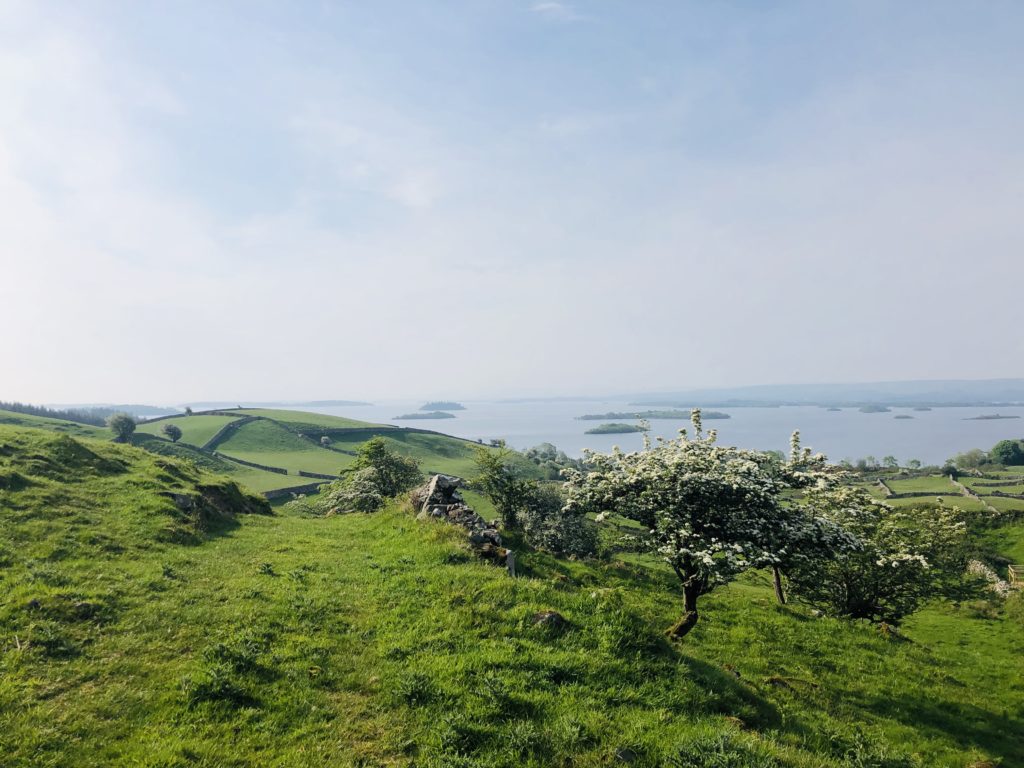
A number of other cars slowed to admire the view and it was clear from the gear that this was serious fishing country and we joined a convoy of cars with registration plates from across the island of Ireland and British Isles heading towards Cornamona. All the cars turned left along a shore road and it soon became apparent that we were all heading for the same place. Tom Doc’s place was a buzz of activity and accents with many folk well in to their dozens of years on the lough at Mayfly time. Tom Doc advised us to set up a 6 weight for the dries and a 7 weight for the wets which was unfortunate as I was armed with a 5 weight and a utility 6-8 weight Shimano Twin Power, a rod bought for me by my father in Coburns Banbridge 30 years ago. Tom was accepting of my gear and said the 5 weight would be grand as the day was calm. As the rental boats pushed off, the frantic energy of so many enthusiastic fishermen slowly dissolved out in to the Lough and we were left with a peaceful bay to finish our preparations.
Tom finished his final checks and we pushed off in to the Lough about 10am and made our way to the first drift where some big fish had been active the day before. What struck me first was the clarity of the water and therefore how little margin for error there was in our presentation particuarly in a flat calm to the lee of a small island. We immediately saw fish and many were not the type of brown trout I had grown up catching, some of these specimens were well above 5lbs and my 5 weight seemed underpowered. I don’t have a huge amount of experience dry fly fishing and expectations were low, this was a trip to start the learning process on the Irish Loughs, I was therefore mighty surprised when my size 10 Mayfly disappeared in a gulp on the first drift. I lifted rapidly and pulled the fly straight out of the fish’s mouth, Tom graciously advised me what I could do differently next time and also commented that the 5 weight would need some energy to drive the hook of a size 10 home – I made a mental note not to miss the next one. We continued to see fish and expectations were now high that we were going to meet a fish or two. The chat on the boat was light and cheerful and Tom, like all good boatmen, had a wealth of stories and methods for keeping conversation going – this easy manner had been honed by lots of experience sharing boats with others. Despite seeing lots of fish, and moving drifts, we did not make any more contact for a couple of hours until a new drift round the corner of an island and towards a drop off when again the Mayfly disappeared this time in a big splash – I waited a moment and lifted hard and this time there was brief tension on the line before everything went slack. Some folk I fish with get very annoyed by these things but I considered that two fish showing an interest in what I was doing was a good day so far and with that we broke for lunch which was an experience I felt privileged to experience. We arrived on to an island where a number of other groups had assembled around a purpose built hut where there was a collection of Kelly Kettles coming to the boil, tea was decanted in to solid metal mugs and the mornings fishing was discussed – we had not faired too badly with only two small fish having been caught by one boat.
We were fishing on a Friday and weekly trips for far away visitors tend to run from Saturday to Saturday and by Friday lunches have become a little depleted. There was therefore enthusiasm for some of the large amount of food we had brought with us, I had perhaps overestimated requirements as I had read that it was good etiquette to bring lunch for the boatman. Tom, however, told us that he has had so many bad lunches over the years that he prefers to bring his own which prompted a question to the other boatmen about the worst lunch they had ever had on the boat to which the droll reply was ‘the invisible one’. Other highlights of the conversation include the top two tips for fishing:
1. Never give too much information away…….
Pork pies and cherry pie helped the conversation along and I thoroughly enjoyed listening to the boatmen share their experiences about fishing, community and life.
After lunch we were back on the water and I could sense that Tom did not have high expectations for the afternoon. We tried wet flies and switched to buzzers but activity had slowed and we saw few fish caught. On slow days, as the day drains away, there is always a tension on the boat from both those of us fishing and the guide both of whom want success for each other. We fished every cast expecting the line to tighten but the day came to a natural conclusion when we saw the last of the other boats head for shore. Conditions were difficult and excuses were many but we both felt that Tom has taught us a huge amount and had provided us with much more confidence about how to approach a day on one of the big loughs.
We made our way back to Cong and enjoyed the hospitality of the village before heading back to the B&B to prepare for the final day. As I have got older with more responsibilities I do struggle to justify too many nights away and had been the person who had shortened the trip to two nights and had promised to be home for evening. We therefore had the morning to fish and we decided to return to Lough Mask for a morning session. The journey down the lane felt more familiar this time and we had relaxed in to the rhythm of the place and the ethereal beauty of the countryside started to make us understand why tales of other worlds are threaded through Irish culture. At one gate stop we met a group of beautiful Connemara ponies who seemed to be hovering between this world and another.
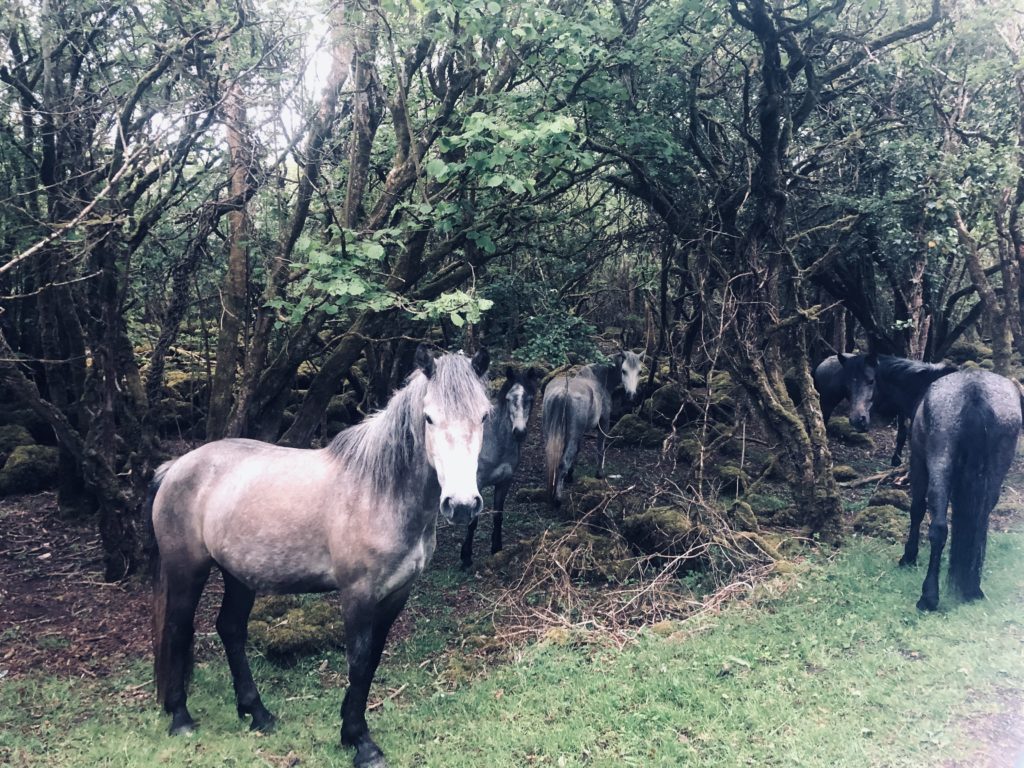
Our first stop did not seem promising, a strong onshore wind made fly fishing impossible so we headed onwards to one of the many other bays on Mask. Conditions in this spot were perfect, calm conditions in the bay and a good wave and breeze out on the point where it met the main Lough. As we were about to fish I realised that neither of us had a net and I decided to make my way back up to the car to rectify that – I decision I was glad I made.
I tend to fish faster than others, well that’s my excuse for leapfrogging my fishing buddies and my companion is more polite which is how I found myself up near the top of the bay where it joins the main Lough. I had seen plenty of Mayfly coming off the water and had seen a fish take a few from the surface in the same spot easily memorised due to the presence of a big rock. By the time I reached that spot, the wind had moved a little and there was a nice ripple on the water. After a couple of casts the dry Mayfly was taken and I struck much too quickly and missed the fish. The brief contact had sharpened my concentration and I thought back to Tom’s words of advice from the day before. I should note that without Tom’s guidance I would not have been fishing the method I was with so much confidence. After sharing the brief success with Brandon I made my way up to the top of the bay where a strong wind was blowing on my back keeping the temperature down and necessitating hats and hoods. I always like a strong breeze and there was wind channels on the Lough which seemed like a likely place to present a fly. The dry fly was difficult to see on the surface in the wave, something I have since learnt could have been fixed by using two flies, one as a “sighter”. I need not have worried because the take when it came was so violent that I could not have missed it, the patch of water near where I was looking was disturbed in spectacular fashion as the trout went all out to take the fly with total confidence. This was not a subtle nibble at the start of the night and felt more akin to how you would treat a kebab at 3am after a skinful – I assume the fish had been feeding freely on Mayflies to be so confident.
The fact that I was not looking directly at the fly meant that there was natural delay in lifting the rod and as the splash subsided I felt a measured bend in the old Shimano Twin Power. I really do love the action of this rod, deep and slow and so unlike any of my modern rods. After a shout down to Brandon to share the good news of a bend in the rod after two days of slow progress, I started to look at my location a bit more closely, Limestone is sharp and there were many edges around obstructions and rocks close to the shore. The wild fish, aware of safety amongst the obstructions headed straight for them, raking the fluorocarbon against the rocks as it did so and I could feel that horrible grating vibration through the line. Thankfully the fish was not large and it became quiet compliant, responding to side ways pressure after a few darting runs. Watching the video back I seem to have been in a world of my own, not responding to offers for help but the fish was landed and my first wild fish on a dry May fly had been landed. It was a nice feeling.
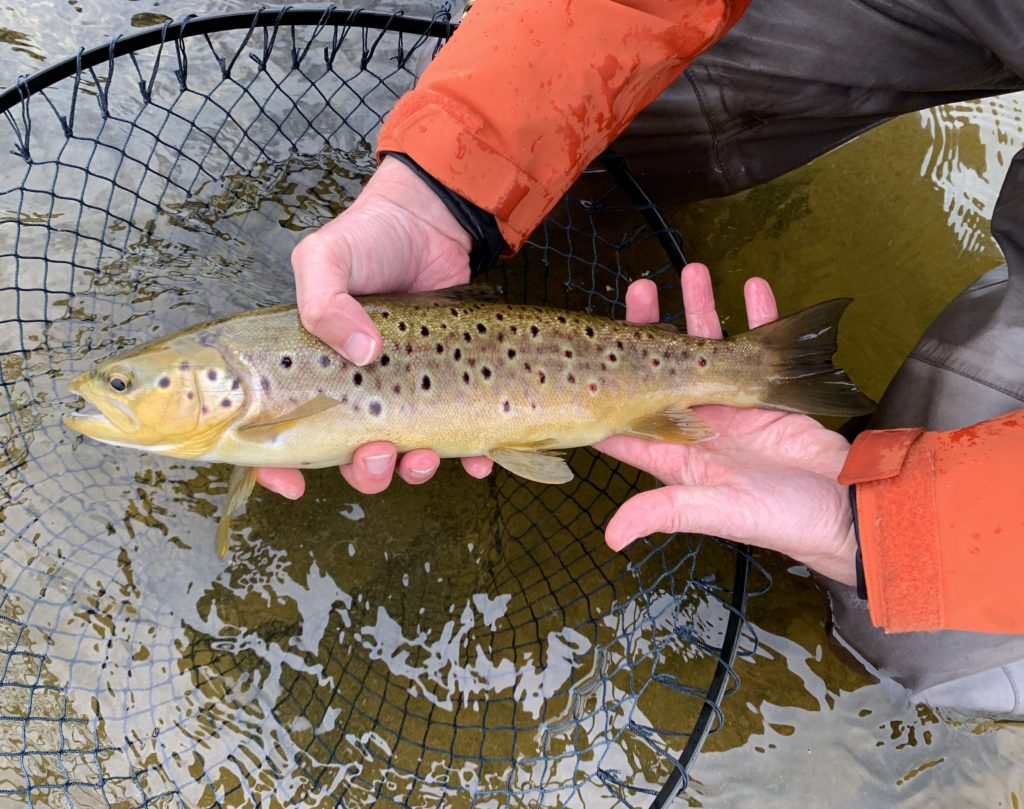
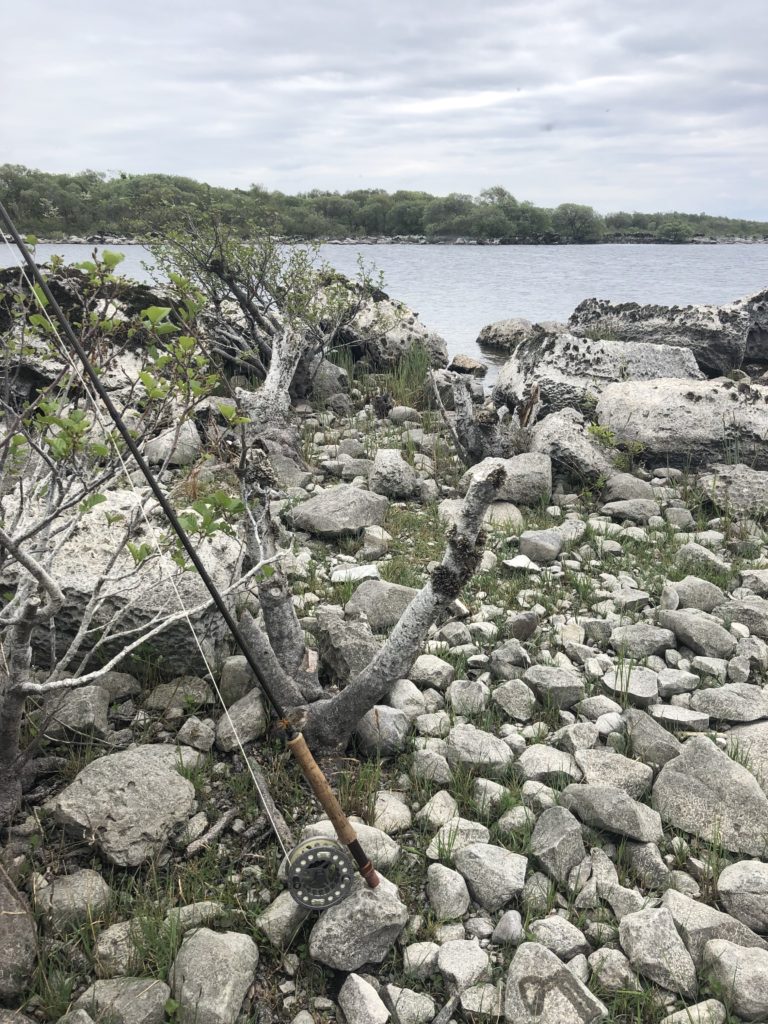
A fish landed always heightens expectation and we both fished hard with Brandon making the next contact. He had changed to lighter line on the flat calm and as he lifted to cast, something from the deep took an interest in his fly. After brief contact the line came back without the fly, these circumstances always get the mind cogs whirring – “what size could it have been?”.
Mindful of my promise to be home in the evening I started back down the bay where I could see some activity, as I approached I could see a lot of fish moving amongst a cloud of Mayfly. I covered a few of the fish in the flat calm and got no interest, the activity increased and it was time to get two rods working the rise. Brandon came down and we covered fish after fish with no interest. Experienced lough fishermen would probably be able to identify what stage of the insect they were feeding on and select the most appropriate tactics, all I can say is that we failed miserably to make contact with anything. The activity was so intense that an hour had passed in what seemed like minutes and it was time to head back to the car.
The remains of yesterday’s lunch had reached a nice level of maturity and the blue cheese in the sandwiches was ripe to say the least but they were consumed heartily at the roadside as we mulled over the trip. Brandon has spent a lot of time in the West of Ireland, in rural parts, and is aware of the rejuvenating experience of time spent outdoors in that part of the world. My time in the West tended to be in hotels or as part of work trips or rowing events and I was not quite expecting how much impact the environment and experience was to have on me. The landscape, the community and the kindness of people we met has left a lasting impression and it is a place that I hope I will have the opportunity to return to – we both made a commitment to make sure that future Mayfly seasons are not missed.
As we drove out from the shore of Lough Mask with the road ahead leading to work, responsibilites and stress we came across a family of geese that perhaps do not know just how lucky they are to live where they do.
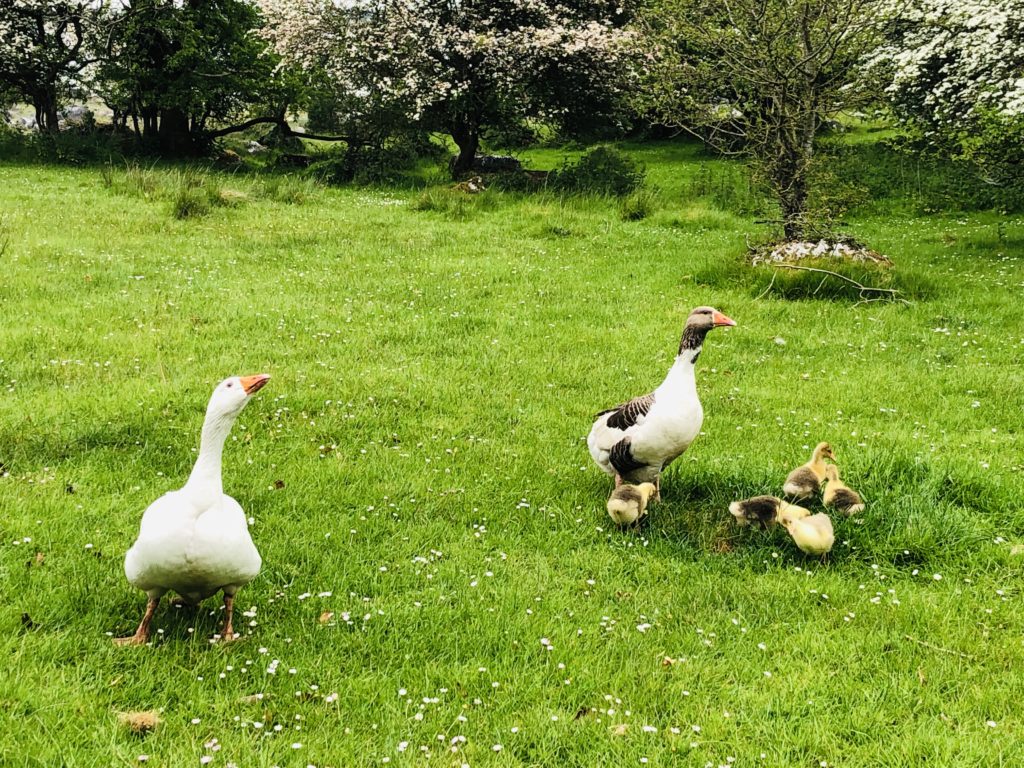
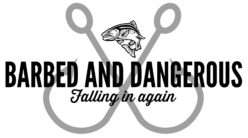
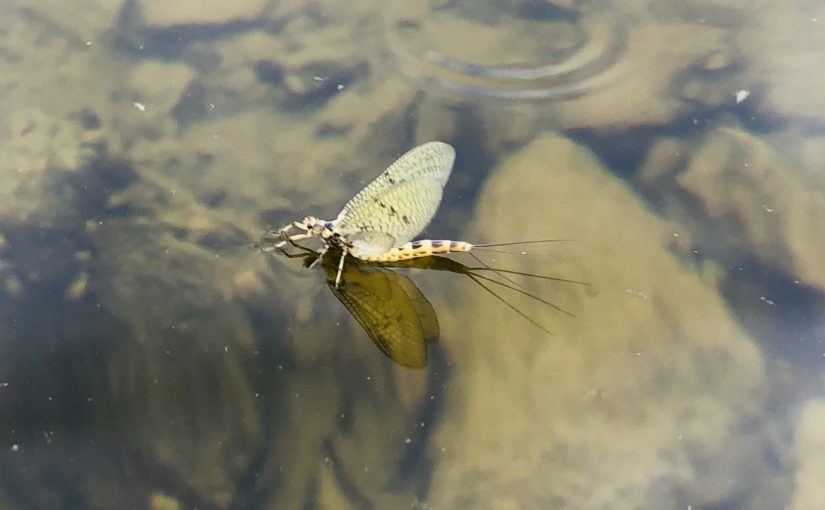
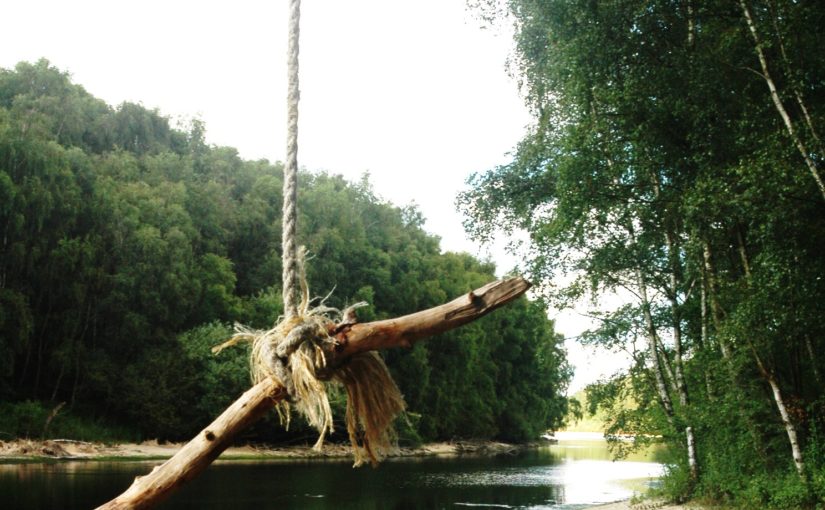
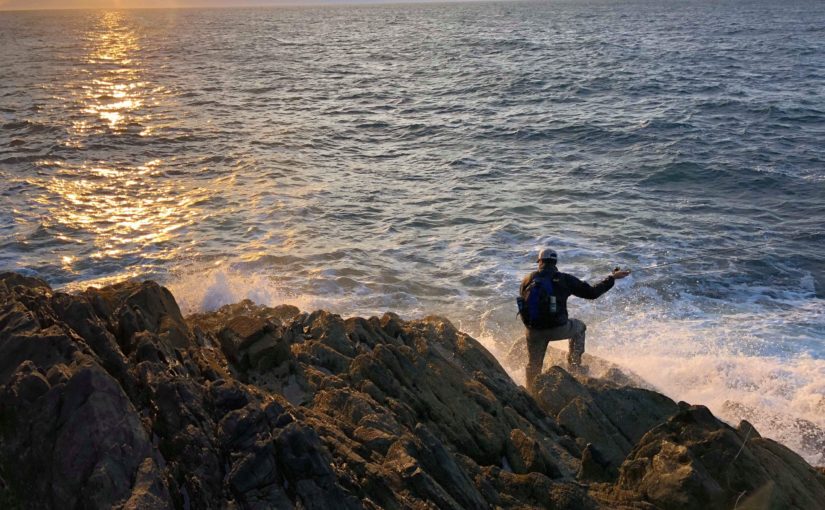
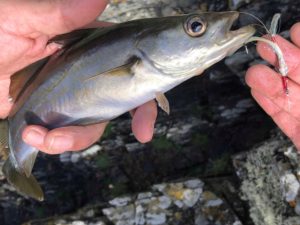
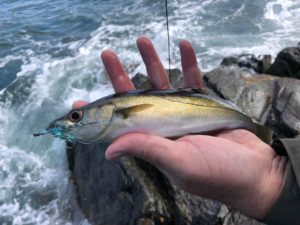

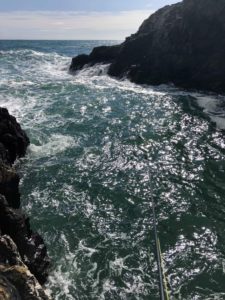 This all raises serious questions about what equipment to use. We were in two minds, one opinion, being you could use very expensive strong and resistant equipment, and other, hardy but relatively cheap equipment might be preferred. A good example in the
This all raises serious questions about what equipment to use. We were in two minds, one opinion, being you could use very expensive strong and resistant equipment, and other, hardy but relatively cheap equipment might be preferred. A good example in the 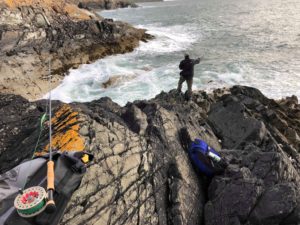
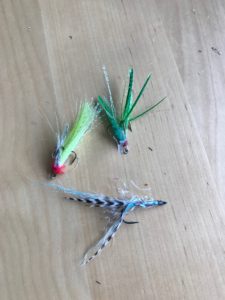
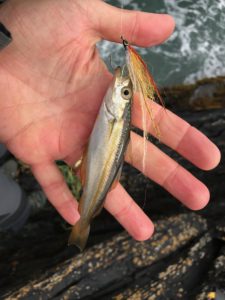
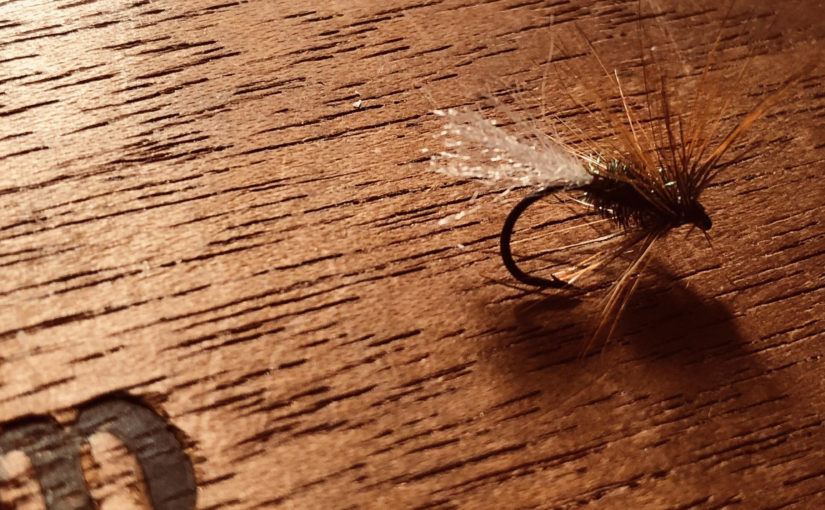
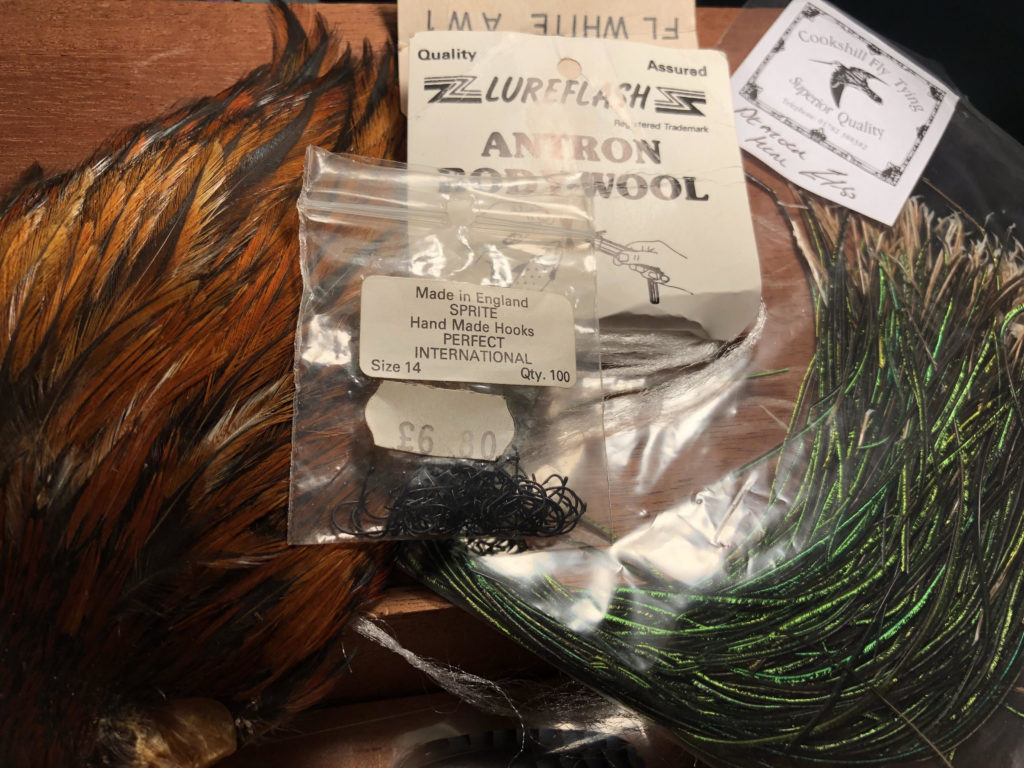
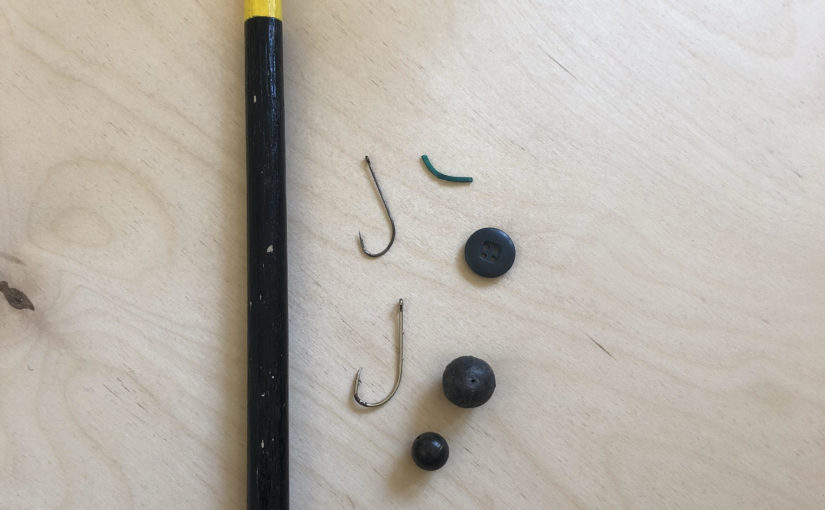
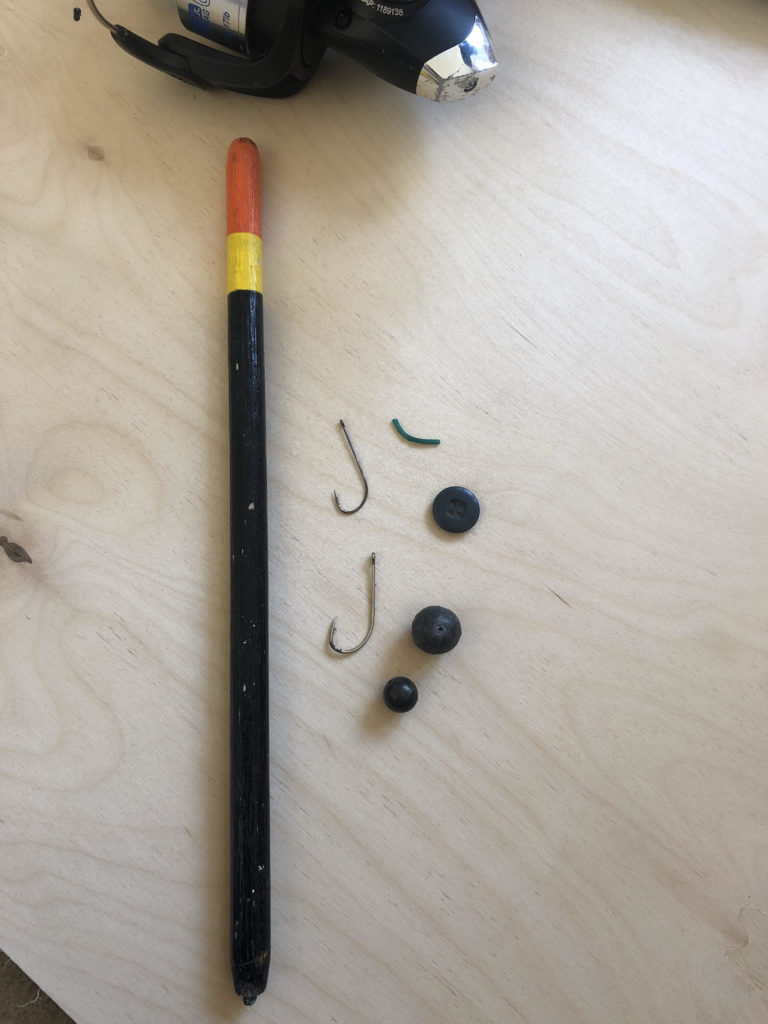
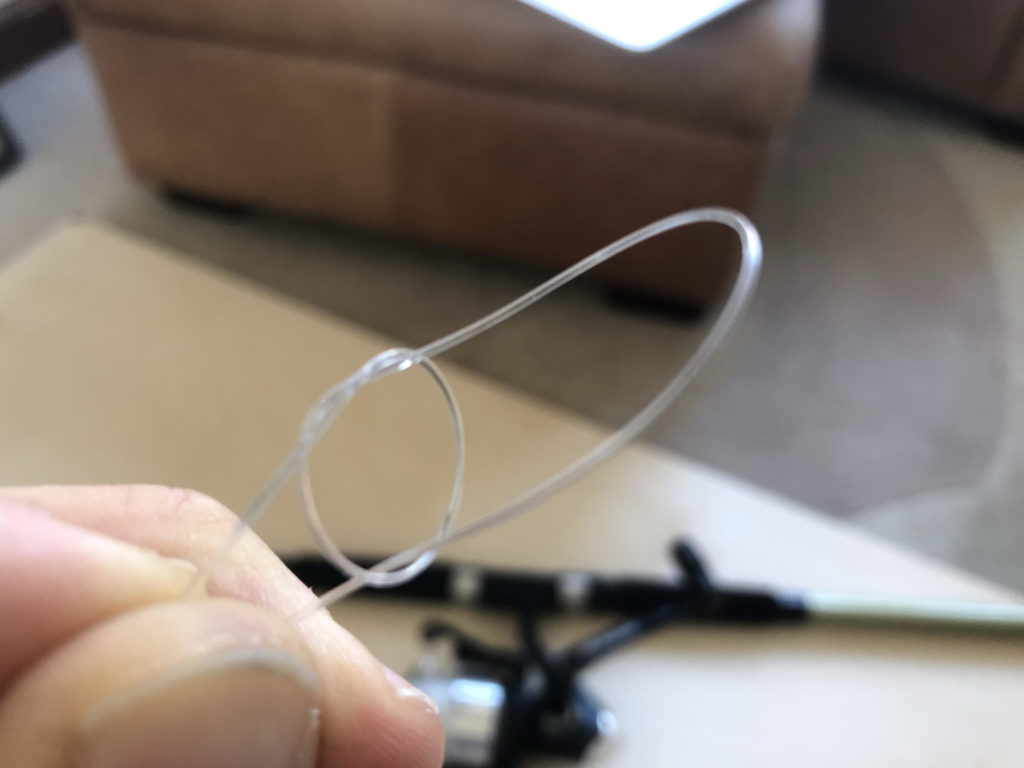
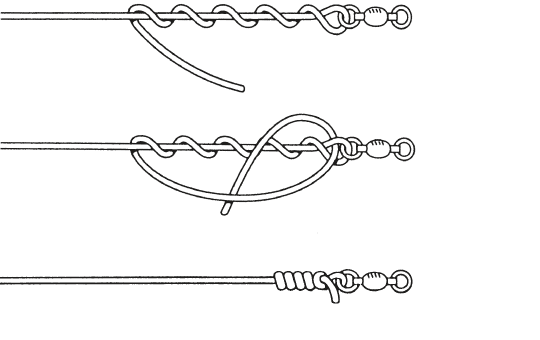
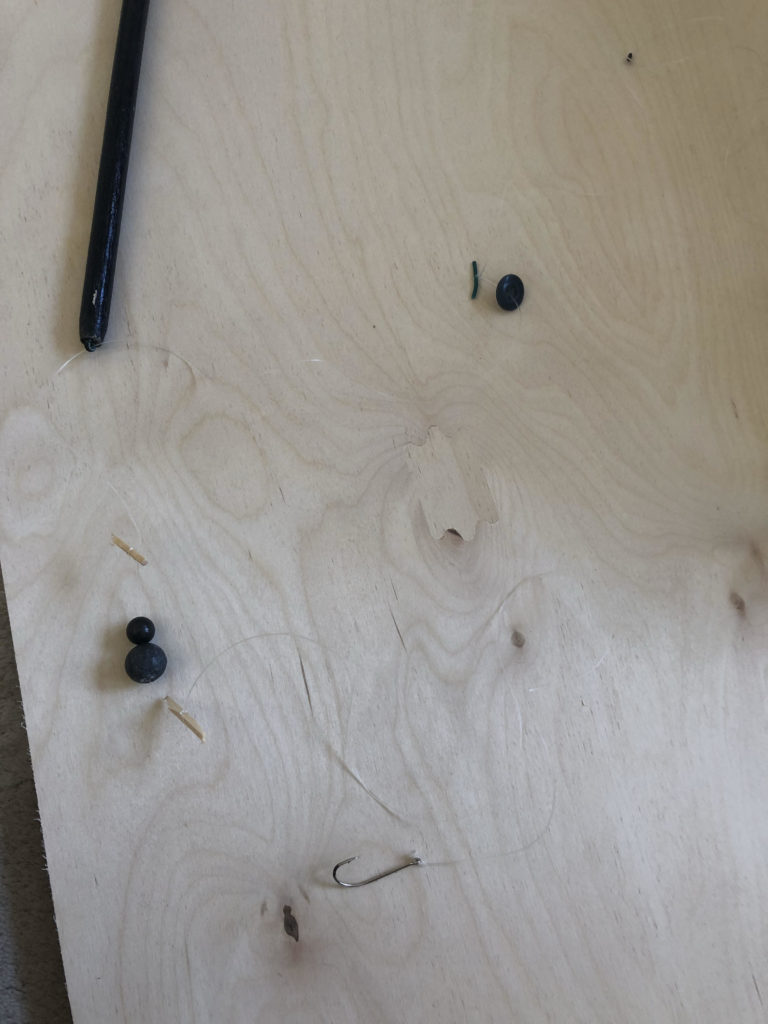
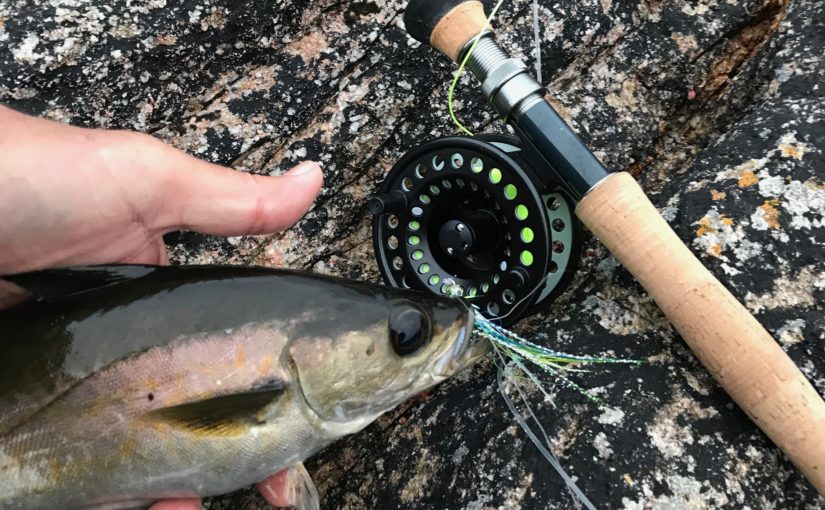
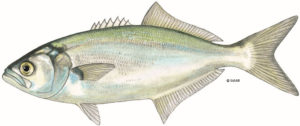
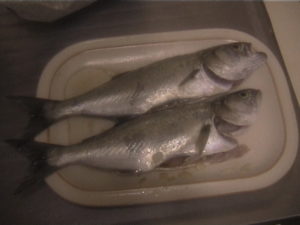
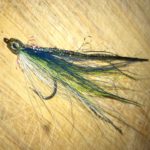
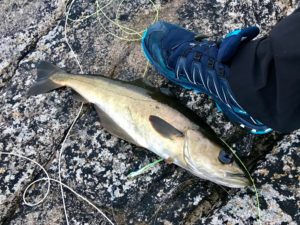 I then cast across the inlet I was fishing and on the first retrieve a Pollock threw itself at the fly, missing and launching itself out the water. On the next cast I hit the first fish, and from there is was just mayhem, fish after fish. I landed at least a dozen in a 1.5 hour session. I even quickly drove back to the holiday house in between to fetch my son so he could join in the action. The largest fish was in fact hooked by him as I cast and he retrieved in the fading light.
I then cast across the inlet I was fishing and on the first retrieve a Pollock threw itself at the fly, missing and launching itself out the water. On the next cast I hit the first fish, and from there is was just mayhem, fish after fish. I landed at least a dozen in a 1.5 hour session. I even quickly drove back to the holiday house in between to fetch my son so he could join in the action. The largest fish was in fact hooked by him as I cast and he retrieved in the fading light.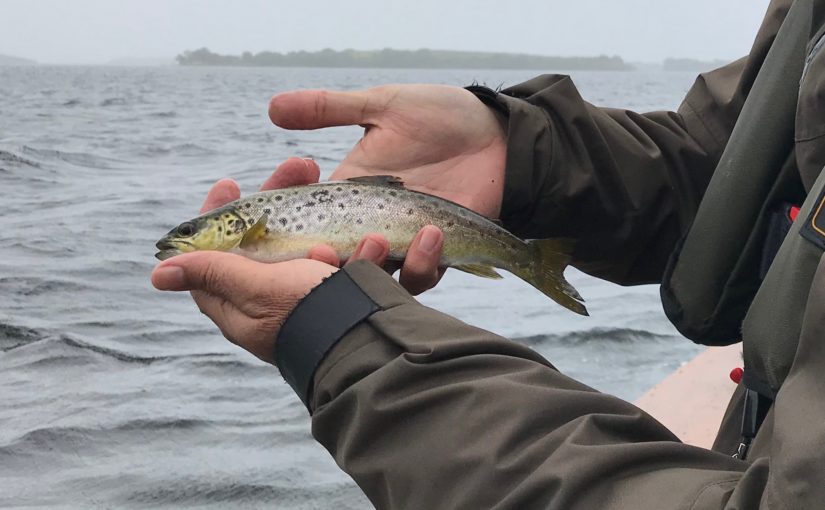
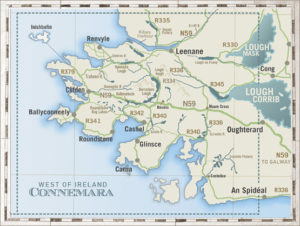 ch, as well as its more elusive residents the cannibal Ferox Trout. The Corrib is deeply embedded in Irish culture. Boats dating back to the Bronze and Iron Age have been uncovered there, as well as medieval craft.
ch, as well as its more elusive residents the cannibal Ferox Trout. The Corrib is deeply embedded in Irish culture. Boats dating back to the Bronze and Iron Age have been uncovered there, as well as medieval craft.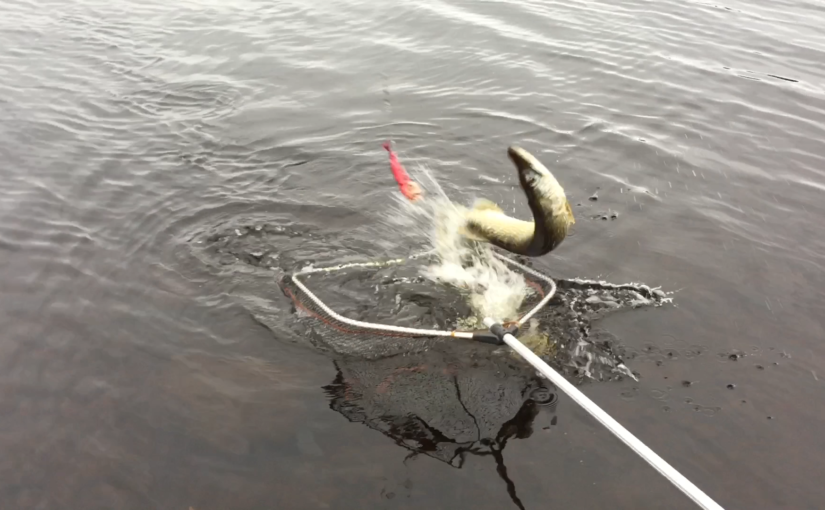
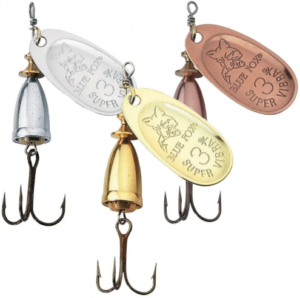 A few weeks later, following the purchase of a Vibrax spinner in Tedford’s tackle shop, I cycled up to the Point of Whitecoat where the River Cusher, River Bann and Newry Canal meet. I started in the mouth of the Cusher a cast of about 12 feet and on the first cast a pike which I now know to be about 8lbs, but which felt much larger, engulfed the spinner and led me a merry dance out of the Cusher in to the canal and back to where I hooked it. The bank sloped gradually at this point and I was able to beach the fish and drag it up the bank. The Vibrax spinner had been engulfed and I could see many weeks of pocket money well down the throat of the pike. What I did next still stings and I am a little ashamed but I dispatched the fish with a nearby rock.
A few weeks later, following the purchase of a Vibrax spinner in Tedford’s tackle shop, I cycled up to the Point of Whitecoat where the River Cusher, River Bann and Newry Canal meet. I started in the mouth of the Cusher a cast of about 12 feet and on the first cast a pike which I now know to be about 8lbs, but which felt much larger, engulfed the spinner and led me a merry dance out of the Cusher in to the canal and back to where I hooked it. The bank sloped gradually at this point and I was able to beach the fish and drag it up the bank. The Vibrax spinner had been engulfed and I could see many weeks of pocket money well down the throat of the pike. What I did next still stings and I am a little ashamed but I dispatched the fish with a nearby rock.